Change Reaction
Change Reaction
Change is unavoidable, and organizations need to manage it efficiently. It is essential to acknowledge that individuals respond to change differently for effective change management. Change Reaction serves as a valuable learning resource that assists leaders in grasping how both individuals and teams react to change. This assessment, consisting of 24 items, uncovers common reactions, allowing team members to pinpoint areas needing enhancement and create strategies for successful change management.
Overview
Overview
Change is the only constant, as they say, and organizations are no different. When change occurs, people respond in very distinct ways – whether they are aware of it or not. As leaders, approaching change as if everyone responds the same leads to ineffective change management and less-than-optimal outcomes. Understanding the different reactions to change for individuals, teams, leaders, and organizations is the first step in understanding the impact of a change situation and setting a plan for effectively managing change.
An excellent starting point, Change Reaction, is an effective learning tool for understanding your team members' different personal reactions to change. The 24-item instrument helps individuals learn about their typical response to identify and improve and ways to manage change effectively.
How It Works
How It Works
Change Reaction is designed to help individuals identify their typical response to organizational change and to better understand the three typical change reactions. Once participants understand the three reactions to change, they will know how to deal with these reactions from themselves and others. After all, it's vital to remember how others:
- Tend to have a natural tendency to move toward or support change.
- Are noncommittal and typically move away from change.
- Can typically move against change by resisting it and creating resistance to change in others.
Awareness of one’s reactions to change is the first step in dealing with any organizational change. Once an individual is aware of his or her typical reactions to change, he or she may then make a conscious effort to use functional behaviors that help him or her adapt to it. Change Reaction helps individuals become aware of their typical reaction to organizational change and identify ways to manage it effectively.
Learning Outcomes
Learning Outcomes
By the end of this workshop, participants will hold the knowledge to:
- Determine one's typical response to change: resistant, neutral, or supportive.
- Explore the behaviors that characterize the three responses to change.
- Identify action steps one can take to embrace and foster change.
Uses and Applications
Uses and Applications
Change Reaction works well as a standalone instrument as well as an effective component in any change management training program. As a management training instrument, Change Reaction may be used to present the important aspects of change theory. In addition, it can be used to raise individual consciousness about people's responses to change, to plan more effective behavior, and to improve organizational support systems.
As an organization development diagnostic tool, Change Reaction has multiple uses, including:
- Surveying norms regarding change.
- Generating "force field" analyses of the forces impacting the change process.
- Forming the basis for an educational intervention that will provide employees with information about themselves, change, and effects on the system as a whole.
What to Order
What to Order
Online Assessment Credit: Order One per Participant
The online assessment is administered to participants through the HRDQ Assessment Center and includes personalized reporting, full-color charts, interpretive information, worksheets, and action planning. A detailed report is delivered electronically to the facilitator/administrator when complete.
Print Assessment (5-Pack): Order One Pack for Up to Five Participants
The print version is an optional means of delivering the assessment. It is ideal for facilitators who prefer to oversee scoring and administration of the assessment if you don't know who the participants will be before the class begins or if your learners do not have access to technology. The print assessment includes pressure-sensitive forms for scoring to aid manual tabulation.
Facilitator Guide: Order One Guide per Trainer
This detailed, step-by-step guide for planning and delivering a powerful learning experience gives you everything you need to facilitate a 1.5-hour workshop, including background information, assessment instructions, scripts, discussion questions, activities, and samples of the assessment. Facilitator support materials will be available to you as a digital download link in your order confirmation.
QuickStart Train-the-Trainer: 1-Hour Virtual Coaching Session for This Product
QST is a convenient, one-hour virtual coaching session for first-time facilitators of this product. You'll receive personalized, one-on-one coaching with a subject matter expert who will get you up to speed quickly and accurately so you can step into the onsite with confidence. We'll answer all your questions about facilitation of the product. And you can add additional coaching hours as needed. Your coaching session can be provided by telephone or video call and at a time of your choosing.
* Facilitators will also receive an HRDQ Certificate of Completion for completing the QuickStart session.
Author Info
Author Info
William L. Bearly, Ed.E., is vice president of Organizational Universe Systems. He is an information system and organizational development consultant. He pioneered the fusion of OD with the introduction of management information systems.
John E. Jones, Ph.D., (1935-2003) was president of Organizational Universe Systems. He was a key contributor to training and organization development and a professor, trainer, presenter, counselor, and consultant. He received a BA from Wofford College and an MA and Ph.D. in 1965 from the University of Alabama.
Focus: Change Management
Type: Assessment and workshop
Delivery: Virtual and/or In-Person
LENGTH: 1 to 1.5 hours
Share
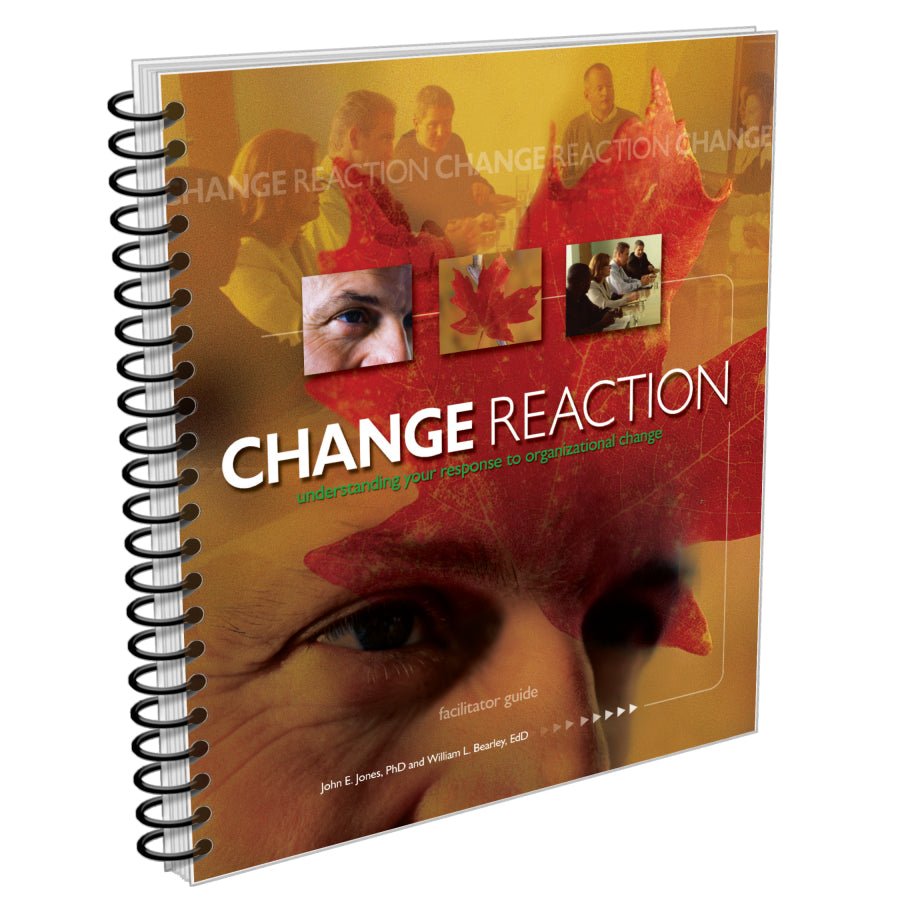
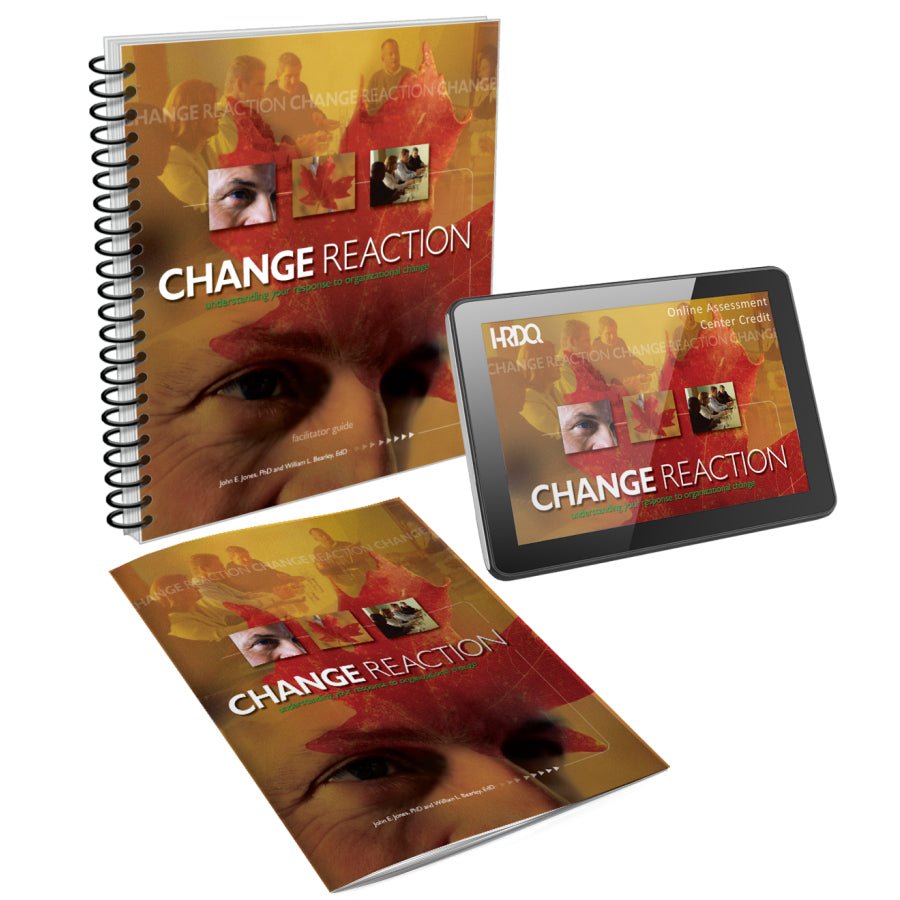
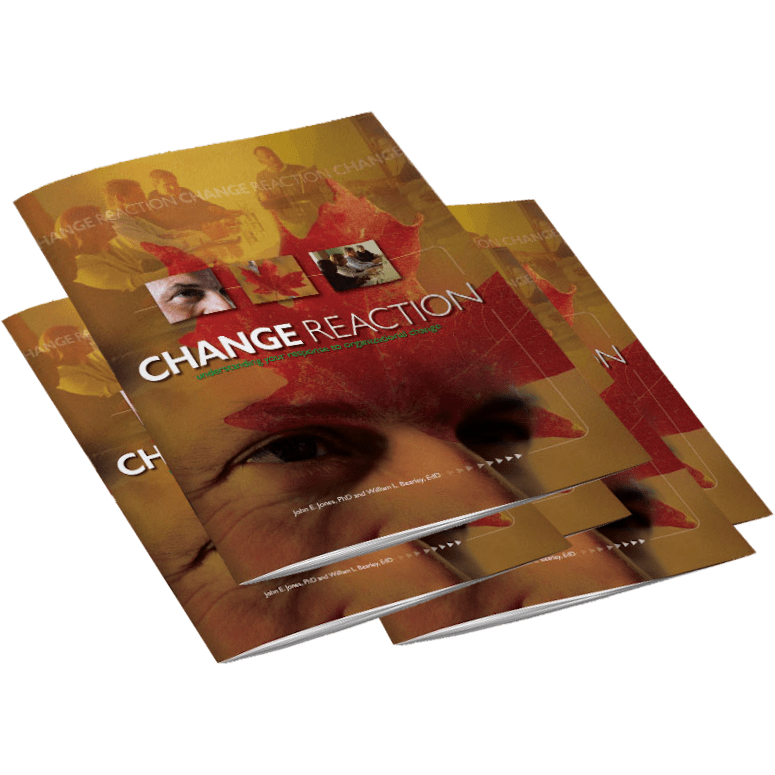
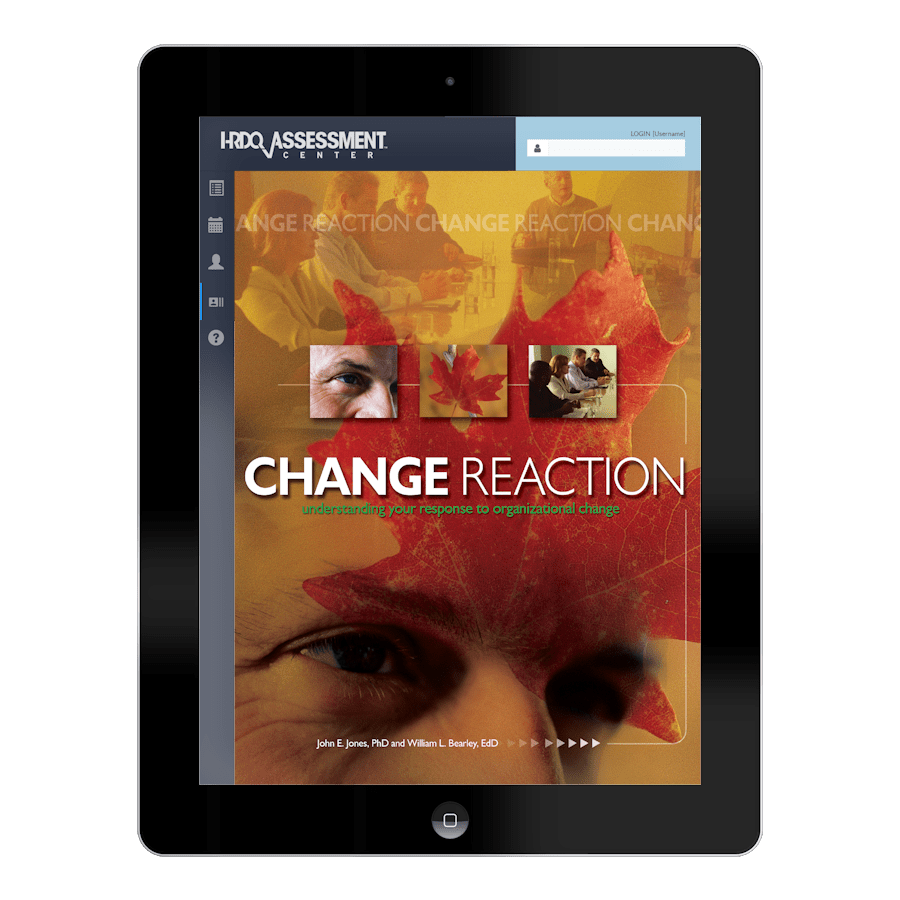
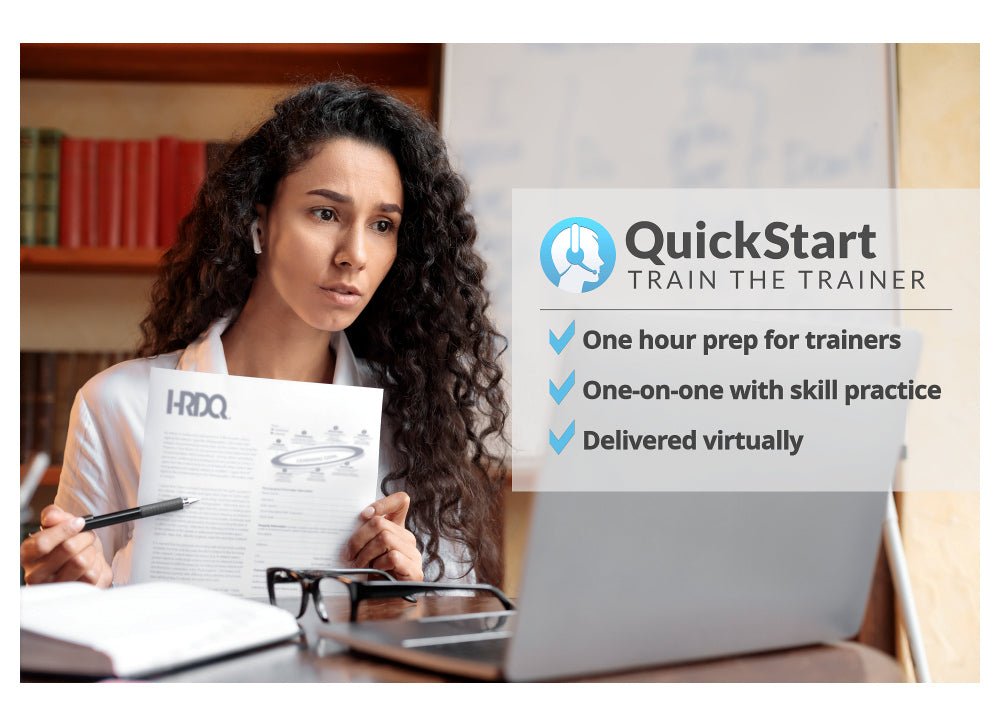
HRDQ Assessment Center Info

Online assessments are administered to participants through the HRDQ Assessment Center and include personalized reporting, full-color charts, interpretive information, worksheets, and action planning. Join the thousands of HRDQ online learners today!
- Administrators: Order credits on your Admin dashboard
- New Trainers: Get an Admin account
- Students: Self-enroll without an Admin
- Questions: If you have any issues, contact us







